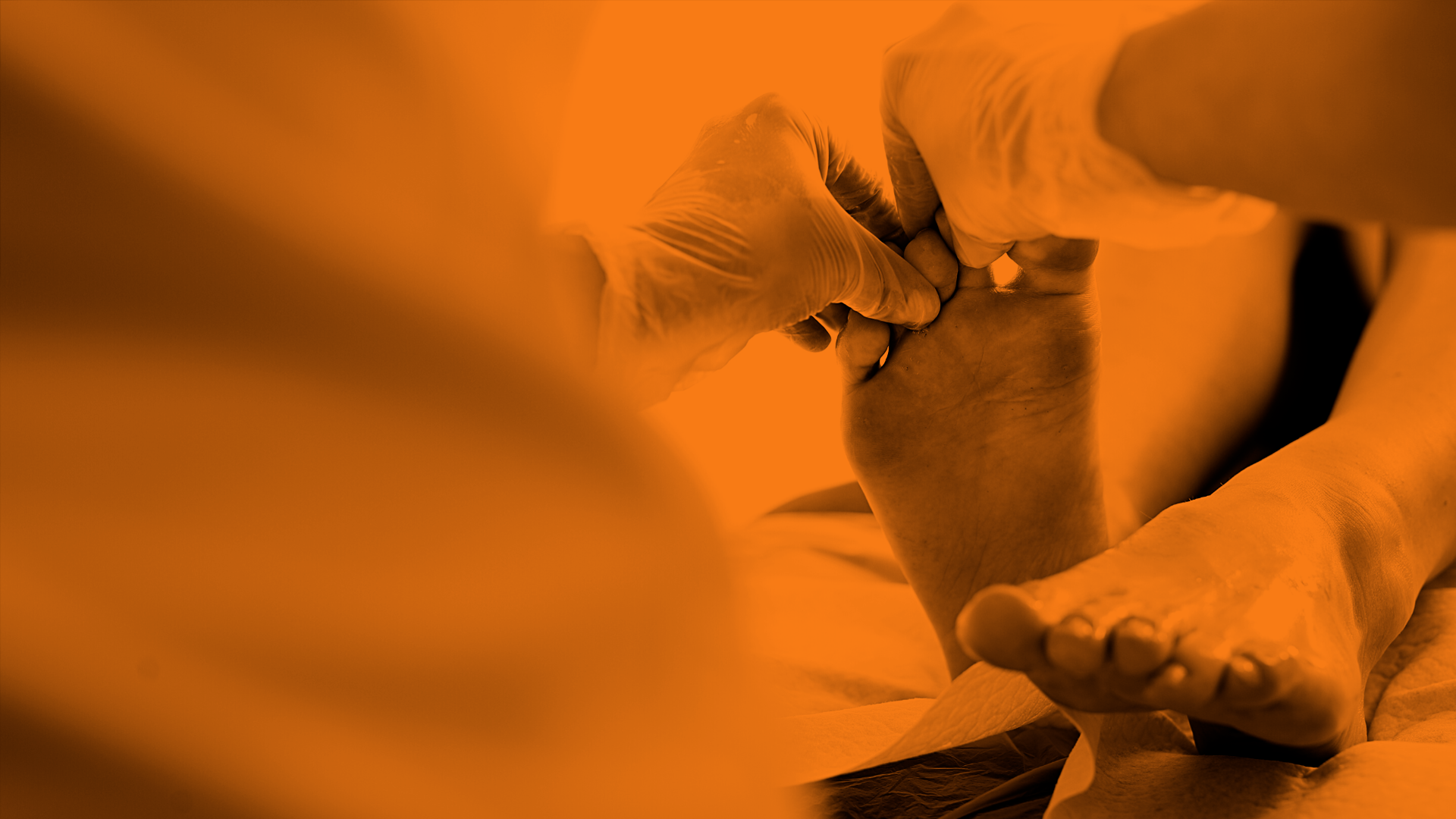
Over the past few issues of STRIDE, we’ve covered the release of the companion Diabetes and feet toolkit to the 2021 Australian evidence-based guidelines for diabetes-related foot disease. In this last installation in our series, we share some final excerpts on the advice around infection, offloading and wound healing interventions.
To help meet this goal, a multi-million pound recruitment campaign (which has been in existence since 2018 to originally target the nursing sector) has now diversified to include allied health professionals. Called ‘We are the NHS’, this renewed campaign is fuelled by record funding that totals £39bn worth of investment over a three year period; partly delivered in response to the backlog brought about by the pandemic.
This funding includes:
The Diabetes and feet toolkit says: ‘Diabetes-related foot ulcers (DFU) currently affect around 50,000 Australians, and up to 40% of these individuals can expect to have an associated infection in the first year after presentation. Best-practice adaptation of the 2019 International Working Group on the Diabetic Foot (IWGDF) Infection Guideline for the Australian national context was undertaken by an expert panel, leading to the development of the first multi-disciplinary, evidence-based Australian diabetes-related foot infection guidelines since 2011.’
This new infection guideline includes 35 recommendations and by implementing this guideline health professionals should:
Different services may undertake different management processes, yet, the principles of best practice clinical management for diabetes-related foot infections should be similar for all services and include:
This Diabetes and feet toolkit provides a practical and condensed overview of the Australian infection guideline designed to assist health professionals use the recommendations in daily practice. To learn more about each individual recommendation, please refer to the Australian guideline on management of diabetes-related foot infection.
The Diabetes and feet toolkit says: ‘Pressure offloading management is critical for healing DFU. Evidence-based guidelines have been developed over the years to weigh up the benefits, risks, quality of evidence and feasibility of different pressure offloading treatments to provide health professionals with best practice recommendations on how to provide optimal offloading treatment to people with DFU. However, substantial new offloading evidence has been published over the last decade. Many international evidence-based diabetes related disease (DFD) guidelines have taken this new evidence into account and recently been published, but their applicability to the Australian context is unclear. These guidelines have been systematically adapted from suitable international guidelines to the Australian context to become the new Australian evidence-based guideline on offloading management for people with DFU.’
This new offloading guideline includes 13 recommendations. To optimise the uptake of these new recommendations into national clinical practice, the guidelines provide a comprehensive range of implementation considerations for health professionals. In addition to general implementation considerations for the Australian population, this guideline also provides specific implementation considerations for when treating people residing in geographically remote areas and Aboriginal and Torres Strait Islander Peoples, such as the impact of limited or infrequent access to DFU care, hot climates, dusty environments and cultural practices. All offloading recommendations have also been developed into a practical offloading pathway to optimise the implementation of recommendations.
To summarise the offloading recommendations:
This Diabetes and feet toolkit provides a practical and condensed overview of the Australian offloading guideline designed to assist health professionals use the recommendations in daily practice. To learn more about each individual recommendation, please refer to the Australian guideline on offloading treatments for foot ulcers.
The Diabetes and feet toolkit says: ‘Diabetes-related foot ulceration is one of the most devastating complications of diabetes. It precedes up to 75% of amputations in people with diabetes and accounts for a significant proportion of the global disability burden. It is critical that interventions to enhance or facilitate healing of DFU are supported by strong evidence of benefit and cost-effectiveness, and all communities across Australia should have equitable access to these interventions. Implementing this guideline should help:
All recommendations have also been developed into a practical wound healing interventions pathway to optimise the implementation of recommendations by the multiple health professionals and disciplines caring for Australians with DFU in secondary and tertiary health care settings in Australia.
There are 13 recommendations in the new Australian 2021 Wound healing guidelines compared with seven recommendations made in the previous 2011 Australian DFD Guidelines relating to wound healing interventions. There are multiple new recommendations made in this new guideline that reflect the new high-quality evidence gained in this field over the last decade. Of the 13 recommendations:
The 5 adjunct therapies include the sucrose-octasulfate impregnated dressing, systemic hyperbaric oxygen therapy, negative pressure wound therapy, placental derived products, and the leucocyte platelet and fibrin dressing*. Larval therapy and skin replacement therapies (cultured skin equivalents and skin grafting) were recommended in the 2011 NHMRC Guidelines, but due to differences in methodology were not considered for inclusion in this guideline.
(*when available in Australia)
This Diabetes and feet toolkit provides a practical and condensed overview of the Australian wound healing interventions guideline designed to assist health professionals use the recommendations in daily practice. To learn more about each individual recommendation, please refer to the Australian guideline on wound healing interventions to enhance healing of foot ulcers.”
© Copyright 2021 The Australian Podiatry Association
